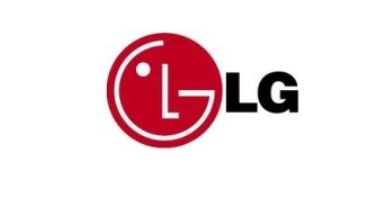‘Pre-ordering’ new mantra for e-commerce by Mr.Manu Grover, Founder, Healthgenie.in
 You have heard of exclusive product launches by brands on ecommerce platforms. For those who haven’t, a rising trend among ecommerce players, an exclusive launch is one where a new product is made available to customers only on a certain partner ecommerce platform. A recent example of this strategy was the launch of Motorola’s MotoG smartphone which was launched exclusively on Flipkart.com. This successful partnership made Moto G the highest-selling smartphone in Motorola’s history. The strategy leads to an increase in consumer traffic to the e-commerce platform and adds novelty to the website. The marketers of the product also save immensely by avoiding fragmented marketing efforts and focus only on promoting the single channel of sale.
You have heard of exclusive product launches by brands on ecommerce platforms. For those who haven’t, a rising trend among ecommerce players, an exclusive launch is one where a new product is made available to customers only on a certain partner ecommerce platform. A recent example of this strategy was the launch of Motorola’s MotoG smartphone which was launched exclusively on Flipkart.com. This successful partnership made Moto G the highest-selling smartphone in Motorola’s history. The strategy leads to an increase in consumer traffic to the e-commerce platform and adds novelty to the website. The marketers of the product also save immensely by avoiding fragmented marketing efforts and focus only on promoting the single channel of sale.
There is no doubt that ecommerce is truly revolutionizing the way Indians shop. Whether it is buying electronics, travel packages or healthcare products, more and more Indians are going the online way. The ecommerce industry is projected to grow from $2 billion in 2013 to $8.5 billion in 2016in India (Source: Accel Partners study), with its large population base and fast increasing penetration of smartphones and internet has emerged as a highly lucrative market for online marketplaces and e-tailers. Global and Indian ecommerce players are aggressively implementing innovative online marketing strategies to scale up and capture a larger share of the market.
Taking the exclusive launch concept to the next level, one can now see ‘pre-ordering’ becoming the next buzz word in the e-commerce space. The concept allows interested customers to book a product online much in advance of its launch. This saves buyers from the hassle of queuing up outside brick & mortar stores. Even in case of an exclusive launch, it ensures customers do not miss the product during a limited-stock flash sale or due to incidences of server breakdown during the sale.
It’s no surprise everyone is loving the concept of pre-ordering. For gadgets and gizmo lovers, pre-ordering is a boon as they can skip the long queues at the stores for their iPad or PS3. They can go to work or go on vacation on the launch day of the product knowing that their pre-order will be shipped right at their doorstep. Pre-ordering ensures that one receives the hottest products as close to the release date as possible.
A novel marketing mantra for ecommerce websites,pre-ordering has a lot of hidden advantages. Every time a pre-booking is opened for a much-awaited product (heavily promoted by the respective brand) the partnering ecommerce portal attracts a fresh stream of new and re-visiting customers who throng the platform to book. And every order means added revenue for the platform, not to forget the opportunity to sell other products while the customer visits the ecommerce platform to pre-order.
Even for brands and marketers, it has been a beneficial tool to predict the success of their product and its engagement with the consumer. Pre-ordering helps marketers plan their production and inventory better. It truly captures and amplifies the exception to economics’ general rules of demand and supply, where the reduced supply pushes the hype around a particular product to a higher level, creating anincreased aspiration, desire and demand among consumers. It is also a real smart way to encashthe hype by collecting advance part payment and pre-manage marketing budget and funds, which maximises the return on pre and post marketing budgets.
However, at the end of the day, the initial traction created through preorder needs to be coupled by the true depth of the product and its innovative feature, which truly helps the company to ride on the success of the initial traction. If the product doesn’t have the depth, pre – launch will not be able to pull off any additional sales and might lead to an ugly situation due to over optimistic planning based on initial traction.
But from an ecommerce perceptive, pre-order will continue to be a major pull for players to get potential customers on board and also to strengthen their relationship with existing customers.



